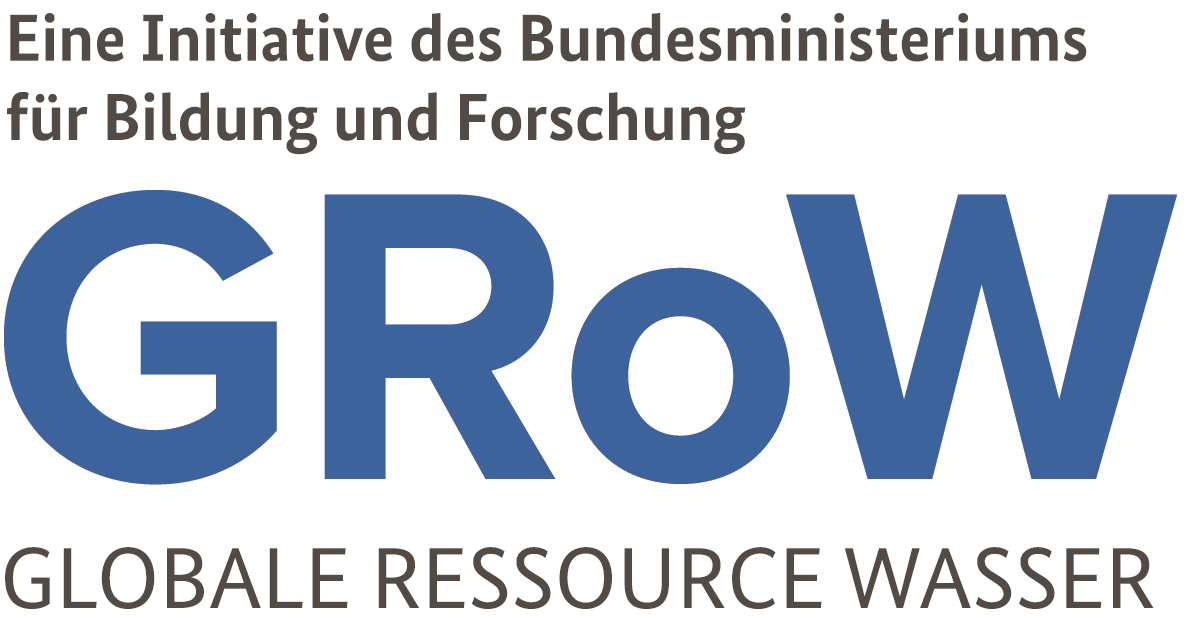MuDak-WRM receives a fully equipped research ship
| Date |
Date
|
One of the greatest challenges for reservoir management in many regions of the world is a lack of the input and validation data needed for today’s highly complex models. The MuDak-WRM project aims to develop a globally applicable hydrological model for predicting mid- to long-term changes in the water quality of reservoirs. It will do this by simplifying the complexity of the underlying scientific approaches and therefore the required data. It is establishing key parameters to describe the characteristics of basins and bodies of water, and developing methods for minimum on-site monitoring.
In its first year, MuDak-WRM focused on collecting the necessary local data and developing the hydrological model. It set up the gauging stations in Brazil and conducted the first measurements in Brazil (at the Passaúna reservoir) and Germany (at the Great Dhünntal reservoir). It has also integrated the first results of the various measurements into a real-time data network called Sensorweb.
MuDak-WRM has been benefitting from great local support in Brazil. Right from the beginning, the project attracted wide-ranging interest in the Brazilian community. The kick-off event was very well-attended and interest in the project from local PhD students was exceptionally high. This led to the intensification of a joint graduate project between universities in Germany and Brazil, and the project now has ten Brazilian PhD students on board. MuDak-WRM also signed a memorandum of understanding with its local partner SANEPAR, the dam operator of Passaúna reservoir, at the start of the project. This cooperation resulted in a highlight for MuDak-WRM: SANEPAR provided a fully equipped research ship tailored to performing the measurements in the Passaúna basin. To prepare the ship for its mission, a number of challenges had to be overcome, including providing sufficient space for the measurements on board while taking account of the shallow draft in several parts of the lake, protecting the crew from the elements, and installing a power supply for laptops. Another highlight for MuDak-WRM is that the international environmental protection organization The Nature Conservancy is interested in the project. An MoU will soon be signed.
However, it hasn’t all been plain sailing. The team encountered some delays in the transport of lithium-ion batteries, and were confronted with vandalism and theft. Buoys for the sediment traps were stolen, though the sediment traps themselves were found with the help of divers. In addition, setting up the drones used for data acquisition involves a number of technical challenges. Despite these issues, though, nothing has so far caused any major delays to the project’s progress.
MuDak-WRM is currently planning and working on the land use survey and on integrating local, drone and satellite data. It is also implementing the hydrological and MoRE models in both reservoirs and is planning a general meeting with its German and Brazilian partners in Brazil in February 2019.
